Sustainable Finance: How Money Can Drive a Greener Future
Money makes the world go round—but can it also help save the planet? As the global economy faces growing environmental and social challenges, finance is playing an increasingly important role in driving sustainable solutions. This is where sustainable finance comes in.
Sustainable finance is an approach that integrates
environmental, social, and governance (ESG) considerations into financial
decision-making. It ensures that investments and lending practices not only
generate profit but also contribute positively to society and the planet. From
funding renewable energy projects to supporting businesses with ethical labor
practices, sustainable finance is a powerful tool in the fight for a more
responsible and resilient future.
Understanding Sustainable Finance
At its core, sustainable finance (sometimes called Green Finance though quite the same focus) focuses on using financial
resources to promote long-term sustainability. Here are a couple of definitions
for reference:
Sustainable finance refers to “the process of taking
environmental, social, and governance (ESG) considerations into account when
making investment decisions in the financial sector, leading to more long-term
investments in sustainable economic activities and projects” (European Commision).
Sustainable finance includes “financial services integrating
environmental, social and governance (ESG) criteria into business or investment
decisions for the long-lasting benefit of clients and society at large."
(OECD)
It encompasses investments, loans, and financial products that align with environmental and social goals. Unlike traditional finance, which primarily seeks financial returns, sustainable finance also evaluates how money impacts people and the planet.
A key framework guiding sustainable finance is ESG criteria, which assesses companies based on three major factors:
- Environmental
(E): This factor evaluates how a company impacts the environment. Key
aspects include carbon emissions, energy efficiency, waste management,
water usage, and adherence to environmental regulations. Companies with
strong environmental scores often invest in renewable energy, reduce their
carbon footprint, and adopt circular economy practices.
- Social
(S): This criterion assesses how a company manages relationships with
employees, suppliers, customers, and the communities where it operates. It
includes factors such as fair labor practices, employee diversity, human
rights policies, and consumer protection. Companies with strong social
scores prioritize workplace safety, fair wages, and community engagement.
- Governance
(G): Governance examines the company’s leadership, ethics, and
transparency. It considers board diversity, executive compensation,
corporate policies, and measures against corruption. Companies with strong
governance scores maintain high levels of accountability, fair business
practices, and robust risk management frameworks.
Why Is Sustainable Finance Important?
Sustainable finance plays a crucial role in shaping a future
where economic growth aligns with environmental and social well-being. Here’s
why it matters:
- Combats
Climate Change: The financial sector holds the power to direct massive
amounts of capital toward climate solutions. Investments in renewable
energy, sustainable infrastructure, and carbon reduction projects are
critical to meeting global climate targets. For example, the European
Investment Bank (EIB) has funded billions in renewable energy projects,
including offshore wind farms in the North Sea. The International Energy Agency (IEA)
estimates that achieving net-zero emissions by 2050 requires annual clean
energy investments to triple by 2030, driven by green bonds and sustainability-linked
loans.
- Encourages
Corporate Responsibility: When investors and banks prioritize ESG
criteria, companies are incentivized to adopt more responsible practices.
Research from Harvard Business Review suggests that companies with strong
ESG commitments tend to have better long-term financial performance, lower
risk exposure, and higher consumer trust.
Unilever, for instance, has successfully implemented a
sustainability-led business model, attracting ESG-focused investors and
increasing consumer trust.
- Reduces
Financial Risk: Environmental and social risks—such as climate-related
disasters, resource depletion, and poor labor practices—can lead to
financial instability. Sustainable finance helps mitigate these risks by
promoting investments in resilient, future-proof businesses. By funding climate adaptation projects
like flood prevention and sustainable agriculture, sustainable finance
helps mitigate the effects of climate change. The Green Climate Fund
(GCF), backed by the United Nations, has allocated billions to climate
resilience projects in developing countries, including reforestation
efforts and coastal protection measures.
- Drives
Innovation and Economic Growth: Funding sustainable businesses and
technologies, such as electric vehicles, green hydrogen, and circular
economy models, stimulates job creation and new industries. According to
the World Economic Forum, the green transition could create up to 395
million jobs by 2030. Investments
in sustainable technologies, such as electric vehicles and carbon capture,
are accelerating the transition to a low-carbon economy. Tesla and Ørsted,
both leaders in clean energy and electric transportation, have benefited
from sustainable finance initiatives. In 2022, the global sustainable
finance market supported over $1 trillion in investments in green
technology, according to BloombergNEF.
- Supports
Social Equity and Inclusion: Sustainable finance is not just about the
environment—it also channels resources into projects that address social
challenges like poverty alleviation, affordable housing, and healthcare.
The World Bank, for example, issues social bonds to fund initiatives that
improve education and financial inclusion in developing nations. Institutions like Grameen Bank also provide
funding to small businesses in developing countries, fostering economic
empowerment.
Sustainable finance is more than just a financial trend—it
is a fundamental shift in how money is allocated to build a resilient, fair,
and green future.
Financial institutions, investors, and corporations increasingly use ESG principles to guide decision-making and measure sustainability performance. Some notable examples include:
- BlackRock:
One of the world's largest asset managers, BlackRock integrates ESG
factors into its investment strategies and has committed to increasing its
sustainable assets under management.
- MSCI
ESG Ratings: MSCI provides ESG ratings to assess how well companies
manage ESG risks and opportunities, influencing investment decisions for
financial institutions.
- Goldman
Sachs: The firm has a dedicated sustainable finance division, offering
green bonds, impact investing funds, and ESG advisory services.
- Norwegian
Sovereign Wealth Fund: One of the largest sovereign wealth funds
globally, it applies strict ESG criteria when selecting investments,
including excluding companies with poor environmental or ethical records.
- Bank
of America: Has pledged billions toward sustainable finance
initiatives, including renewable energy projects and climate resilience
investments.
These institutions and investors use ESG ratings, sustainability reports, and sector benchmarks to assess companies and make informed financial decisions that align with sustainability goals.
Types of Sustainable Finance Products
There are various financial products designed to channel capital toward sustainable initiatives. These products are issued by governments, corporations, financial institutions, and development organizations. Some of the most common include:
- Green
Bonds: Fixed-income securities specifically designed to finance
projects with positive environmental benefits, such as wind farms,
energy-efficient buildings, and clean transportation. Green bonds are
commonly issued by governments (e.g., the European Union, U.S. Treasury),
corporations (e.g., Apple, Toyota), and financial institutions (e.g.,
World Bank, European Investment Bank).
- Social
Bonds: These bonds focus on funding projects that address social
issues, such as affordable housing, healthcare, and education.
Organizations like the World Bank, local governments, and private
companies issue social bonds to drive positive social impact.
- Sustainability-Linked
Loans: These loans offer financial incentives for businesses to
improve their ESG performance. Companies that meet sustainability targets,
such as reducing carbon emissions, can receive lower interest rates. Major
banks like HSBC, JPMorgan Chase, and BNP Paribas offer these loans to
corporations aiming to integrate sustainability into their operations.
- Impact
Investing: Investors actively seek to generate both financial returns
and measurable positive impact in areas like renewable energy, healthcare,
and social enterprises. Organizations like BlackRock, the Global Impact
Investing Network (GIIN), and venture capital firms specializing in
ESG-driven startups participate in impact investing.
- ESG
Funds & ETFs: These investment funds are composed of companies
that demonstrate strong ESG practices. Many individual investors opt for
these funds to align their investments with their values. Financial firms
like Vanguard, Fidelity, and PIMCO offer ESG-focused mutual funds and
exchange-traded funds (ETFs) to retail and institutional investors.
Who Provides Sustainable Finance?
A wide range of financial institutions, investment firms,
and organizations are leading the way in sustainable finance. Some key players
include:
- Multilateral
Development Banks (MDBs): Institutions like the World Bank and the
International Finance Corporation (IFC) provide funding for sustainable
development projects worldwide.
- Green
and Ethical Banks: Banks such as Triodos Bank, Amalgamated Bank, and
Aspiration focus on financing environmentally and socially responsible
initiatives.
- Investment
Firms and ESG Funds: BlackRock, Vanguard, and PIMCO have incorporated
ESG-focused investment funds that prioritize sustainability.
- Government
and Regulatory Bodies: Many governments have established green finance
policies and tax incentives to encourage sustainable investments.
- Corporate
and Private Investors: Companies such as Tesla and Ørsted have received
significant sustainable financing to develop clean energy solutions, while
impact investors focus on startups with strong ESG commitments.
While sustainable finance has gained momentum, it also faces
challenges and criticism:
- Greenwashing:
Some companies and funds falsely claim to be environmentally friendly
without making real changes. A study by InfluenceMap found that over half
of ESG funds misrepresent their sustainability claims, misleading
investors. To combat this, regulators like the European Union have
introduced stricter ESG disclosure requirements under the Sustainable
Finance Disclosure Regulation (SFDR).
- Lack
of Standardization: Different ESG rating agencies use varying
criteria, making it difficult for investors to compare sustainability
performance accurately. For example, research from MIT Sloan found that
ESG ratings from different providers often vary significantly, leading to
inconsistencies in assessing corporate sustainability. Organizations like
the International Sustainability Standards Board (ISSB) and the Global
Reporting Initiative (GRI) are working to establish clearer ESG reporting
frameworks.
- Balancing
Profit & Purpose: Some argue that sustainable investments may not
always offer the same financial returns as traditional investments.
However, a meta-analysis by NYU Stern found that in most cases, companies
with strong ESG practices exhibit better long-term financial performance.
Additionally, sustainable funds often outperform traditional funds during
economic downturns, as seen during the COVID-19 market volatility in 2020.
- Limited
Data and Transparency: Many companies fail to disclose comprehensive
ESG data, making it challenging for investors to make informed decisions.
According to a report by the CFA Institute, only about 50% of companies
worldwide provide meaningful ESG disclosures, highlighting the need for
improved corporate transparency and standardized reporting frameworks.
- High
Costs and Regulatory Complexity: Implementing sustainable finance
initiatives often requires significant investment and compliance with
complex regulations. Small and medium enterprises (SMEs) may struggle to
access green financing due to stringent requirements and high costs. The
OECD has noted that policymakers need to create more inclusive financial
structures to ensure smaller businesses can participate in the green
transition.
Tools and Frameworks for Evaluation of Sustainable
Development
Investors and financial institutions assess companies using
various frameworks, tools, and methodologies to ensure that their
investments align with sustainability principles. Here are the key approaches
used:
1. ESG Ratings and Scores
Investors rely on ESG (Environmental, Social, and
Governance) ratings provided by specialized agencies to evaluate companies'
sustainability performance. Some of the most recognized ESG rating agencies
include:
- MSCI
ESG Ratings – Measures companies on a scale from CCC (laggards) to AAA
(leaders).
- Sustainalytics
– Focuses on ESG risk assessment, rating companies based on unmanaged ESG
risks.
- FTSE
Russell ESG Ratings – Provides a broad sustainability score used in
FTSE indices.
- S&P
Global ESG Scores – Includes assessments based on corporate
disclosures and sustainability reports.
2. ESG Reporting Standards and Frameworks
Companies disclose sustainability-related information
through standardized reporting frameworks, helping investors analyze their ESG
impact. Key frameworks include:
- Global
Reporting Initiative (GRI) – A widely used standard for corporate
sustainability reporting.
- Sustainability
Accounting Standards Board (SASB) – Industry-specific ESG reporting
guidelines for financial materiality.
- Task
Force on Climate-related Financial Disclosures (TCFD) – Focuses on how
climate risks impact financial performance.
- International
Sustainability Standards Board (ISSB) – Aims to create a global
baseline for sustainability disclosures.
3. Principles for Responsible Investment (PRI)
The United Nations Principles for Responsible Investment
(PRI) provides a set of investment principles that institutional investors
follow. Signatories commit to incorporating ESG factors into their investment
decisions and engaging with companies to promote sustainable practices.
4. Carbon Footprint and Climate Risk Assessment Tools
- CDP
(formerly Carbon Disclosure Project) – Investors use CDP scores to
assess companies' carbon emissions, water usage, and deforestation impact.
- Science-Based
Targets Initiative (SBTi) – Evaluates companies’ climate goals against
the Paris Agreement targets.
- Transition
Pathway Initiative (TPI) – Assesses how companies are preparing for
the transition to a low-carbon economy.
Many financial institutions and investors track ESG-focused
indexes to align their portfolios with sustainable investments:
- Dow
Jones Sustainability Index (DJSI) – Measures corporate sustainability
leadership based on economic, environmental, and social criteria.
- FTSE4Good
Index – Includes companies that meet globally recognized ESG
standards.
- Bloomberg
ESG Data Services – Provides data on corporate ESG performance for
investment decision-making.
For impact investors, traditional financial returns are not
enough—they seek measurable social and environmental benefits. Tools used
include:
- Impact
Reporting and Investment Standards (IRIS+ by GIIN) – Provides
standardized impact measurement metrics.
- Global
Impact Investing Network (GIIN) Metrics – Helps investors track social
and environmental returns.
- SDG
Impact Standards (United Nations) – Aligns investments with the UN
Sustainable Development Goals (SDGs).
For investors in green, social, and sustainability-linked
bonds, issuers must meet strict criteria:
- Green
Bond Principles (GBP) – Guidelines ensuring that funds raised through
bonds are used for environmental projects.
- Climate
Bonds Initiative (CBI) – Certifies green bonds based on scientifically
backed climate impact criteria.
- Social
Bond Principles (SBP) – Ensures funds support projects with positive
social impact.
Investors and financial institutions use a combination of ESG ratings, sustainability reporting frameworks, risk assessment tools, and benchmarks to evaluate companies. These frameworks help them assess financial risks and opportunities associated with sustainability while ensuring that investments align with responsible business practices.
- Choose
Sustainable Investments: Consider investing in ESG funds, green bonds,
or impact investing opportunities. Many financial institutions now offer
funds that focus on companies with strong sustainability practices.
Platforms like Vanguard, BlackRock, and Fidelity have ESG-focused investment
products that allow individuals to align their portfolios with their
values.
- Bank
with Sustainable Institutions: Some banks prioritize sustainability in
their lending and investment practices—opt for those with strong ESG
commitments. For example, Triodos Bank and Aspiration only fund
environmentally and socially responsible projects. Checking if your bank
invests in fossil fuels or supports green initiatives can help you make a
more informed decision.
- Support
Businesses with Ethical Practices: As a consumer and investor, choose
brands and companies that align with sustainability principles. Look for
businesses that have sustainability certifications such as Fair Trade, B
Corp, or LEED-certified operations. Supporting local and ethical businesses
also contributes to a greener economy.
- Advocate
for Transparency: Encourage businesses and governments to improve
sustainability reporting and accountability. Engage with companies via
social media, attend shareholder meetings, or sign petitions that push for
stronger ESG disclosures. Organizations such as CDP (formerly the Carbon
Disclosure Project) provide transparency reports on corporate
sustainability practices that can guide your decisions.
- Consider
Sustainable Retirement Plans: If you have retirement savings plan,
inquire about ESG-focused options. Many retirement funds now include
sustainability-oriented investment choices that can help grow your savings
while supporting green and ethical initiatives.
- Educate
Yourself and Spread Awareness: Staying informed about sustainable
finance helps you make better financial decisions and influence others.
Follow credible sources like the United Nations Principles for Responsible
Investment (UN PRI) and the Global Sustainable Investment Alliance (GSIA)
to keep up with trends in sustainable finance. By discussing these issues
with friends and family, you can help spread awareness and drive
collective action.
Case Example: JPMorgan Chase’s Investment in Corporate Sustainability
One prominent example of a financial provider investing in
corporate sustainable projects is JPMorgan Chase. In 2021, the bank announced a
commitment of $2.5 trillion toward sustainable development over ten years, with
$1 trillion specifically allocated for green initiatives. A key part of this
strategy includes financing corporate sustainability projects that align with
the Paris Agreement on climate change.
For instance, JPMorgan Chase provided significant funding to
NextEra Energy, a leading renewable energy company, to expand its wind and
solar energy operations across the U.S. The investment helped NextEra build
additional solar farms and develop energy storage solutions, reducing reliance
on fossil fuels. This partnership not only benefited NextEra’s growth but also
contributed to the broader goal of transitioning to a low-carbon economy.
Beyond renewable energy, JPMorgan Chase has also supported
corporate sustainability efforts in other sectors, such as green
infrastructure, electric vehicle production, and carbon capture technologies.
Their financial backing allows companies to scale up sustainable innovations
that might otherwise struggle to secure funding in traditional markets.
By leveraging its financial resources, JPMorgan Chase demonstrates how major financial institutions can play a pivotal role in accelerating corporate sustainability and driving meaningful environmental change.
Conclusion
Sustainable finance is more than a trend—it is a crucial
driver of global efforts to tackle climate change, social inequality, and
corporate responsibility. By integrating environmental and social
considerations into financial decisions, we can ensure a more sustainable and
equitable future. Whether through investments, banking choices, or supporting
ethical businesses, every individual has the power to influence how money is
used for good. The future of finance isn’t just about profit—it’s about purpose,
too.



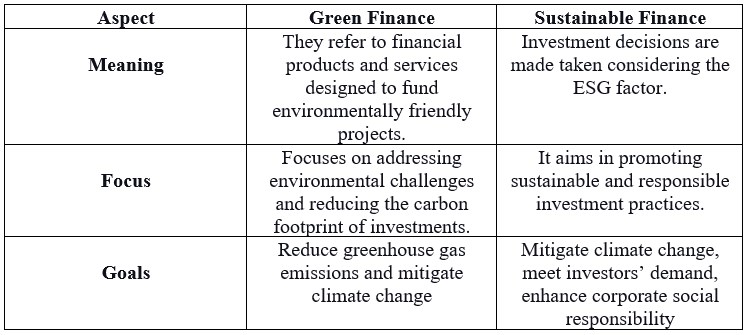

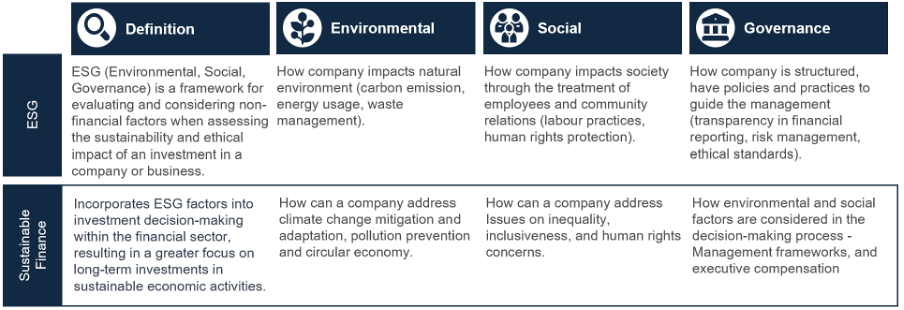




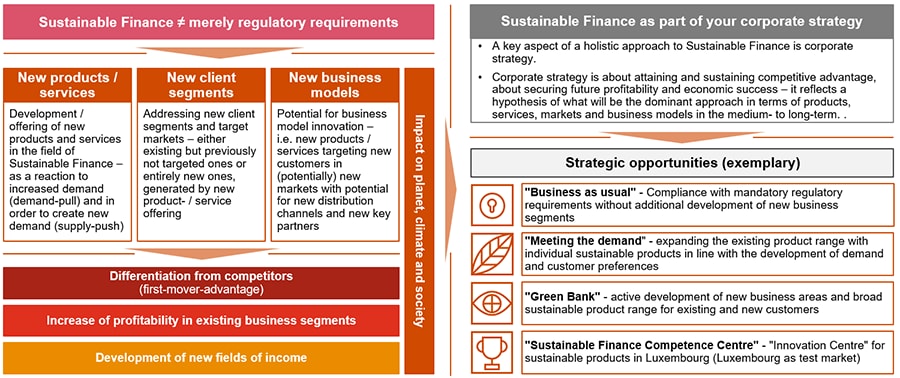

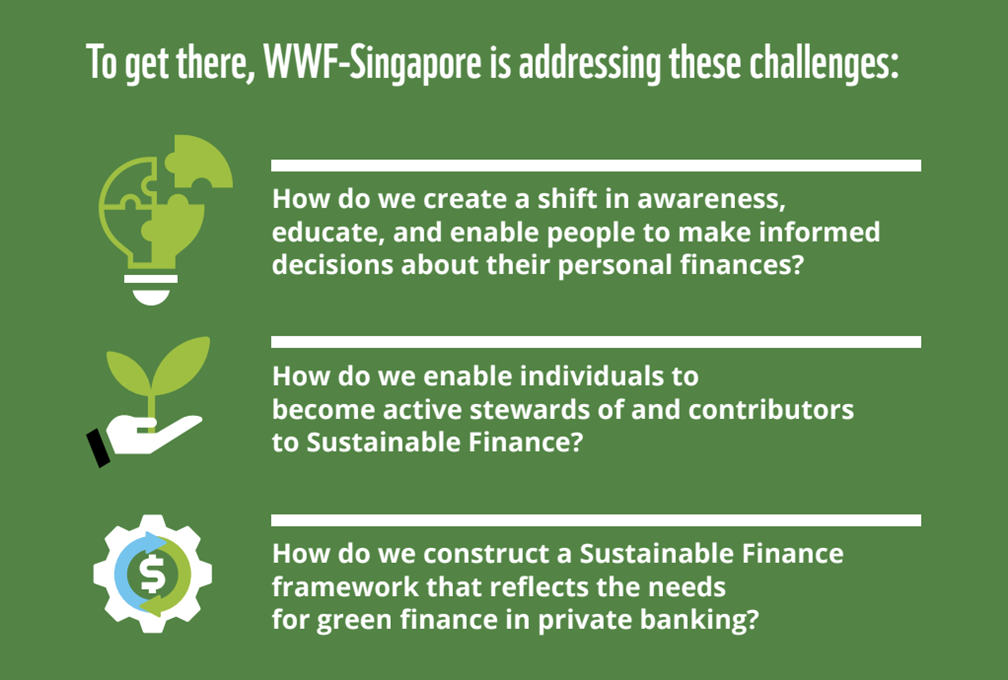
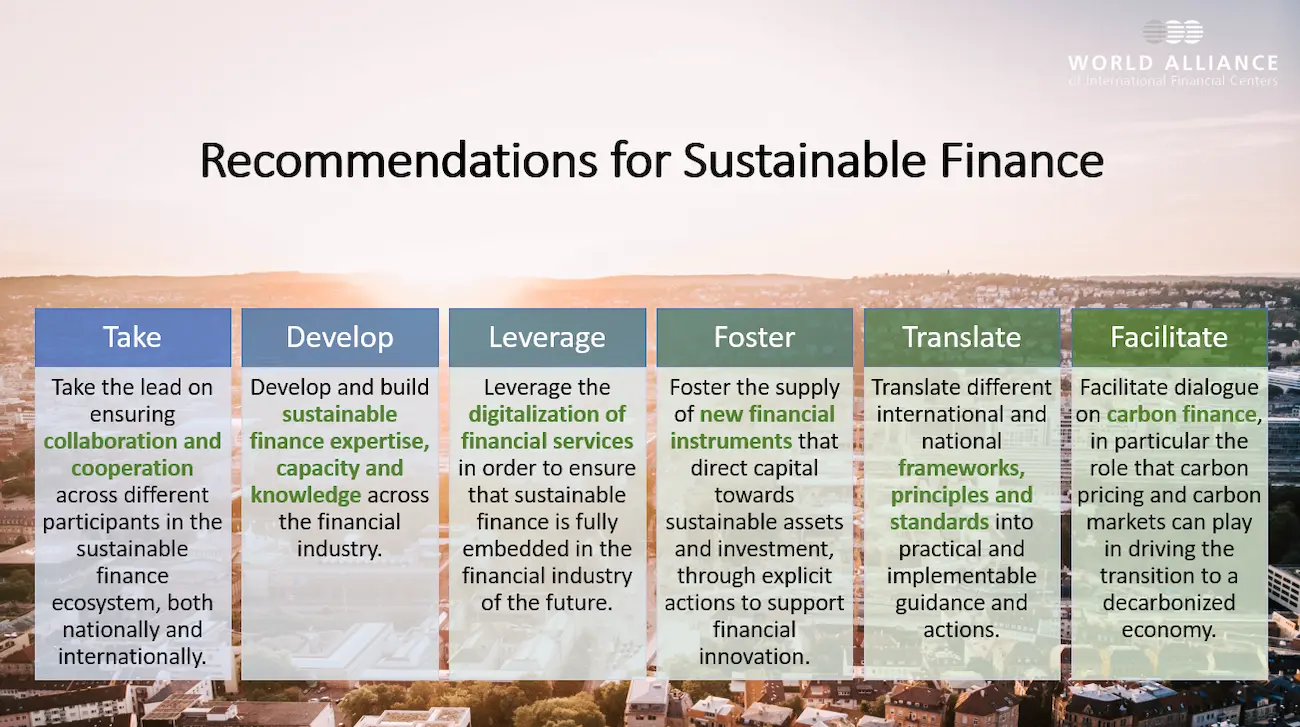
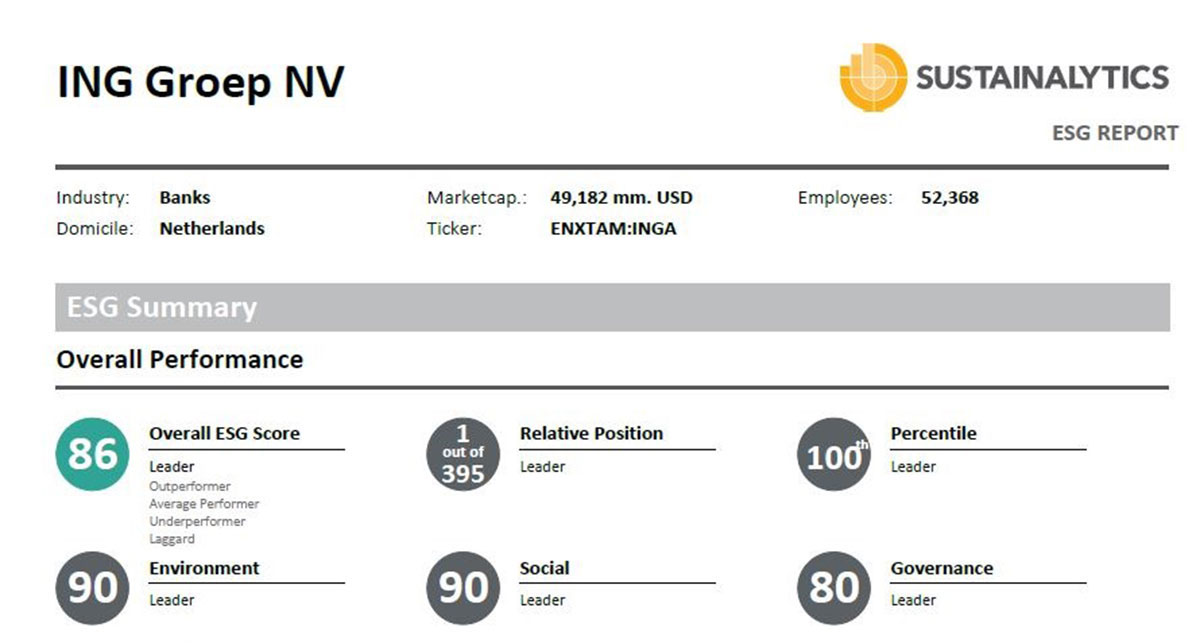
:max_bytes(150000):strip_icc()/UniverseOfSustIssues18-1-c5e818d6d4be4be194de88ae160e5f9b.png)
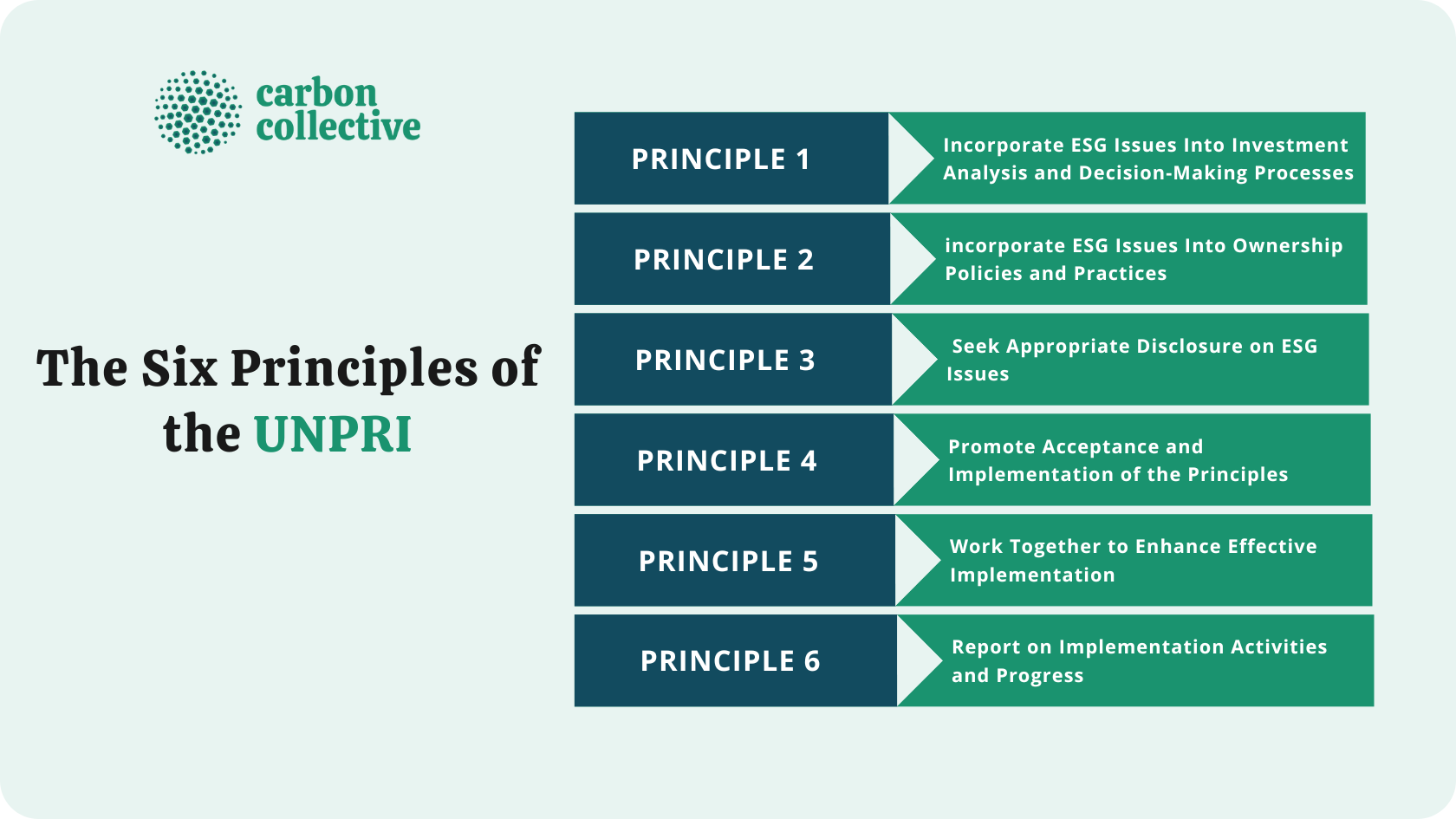





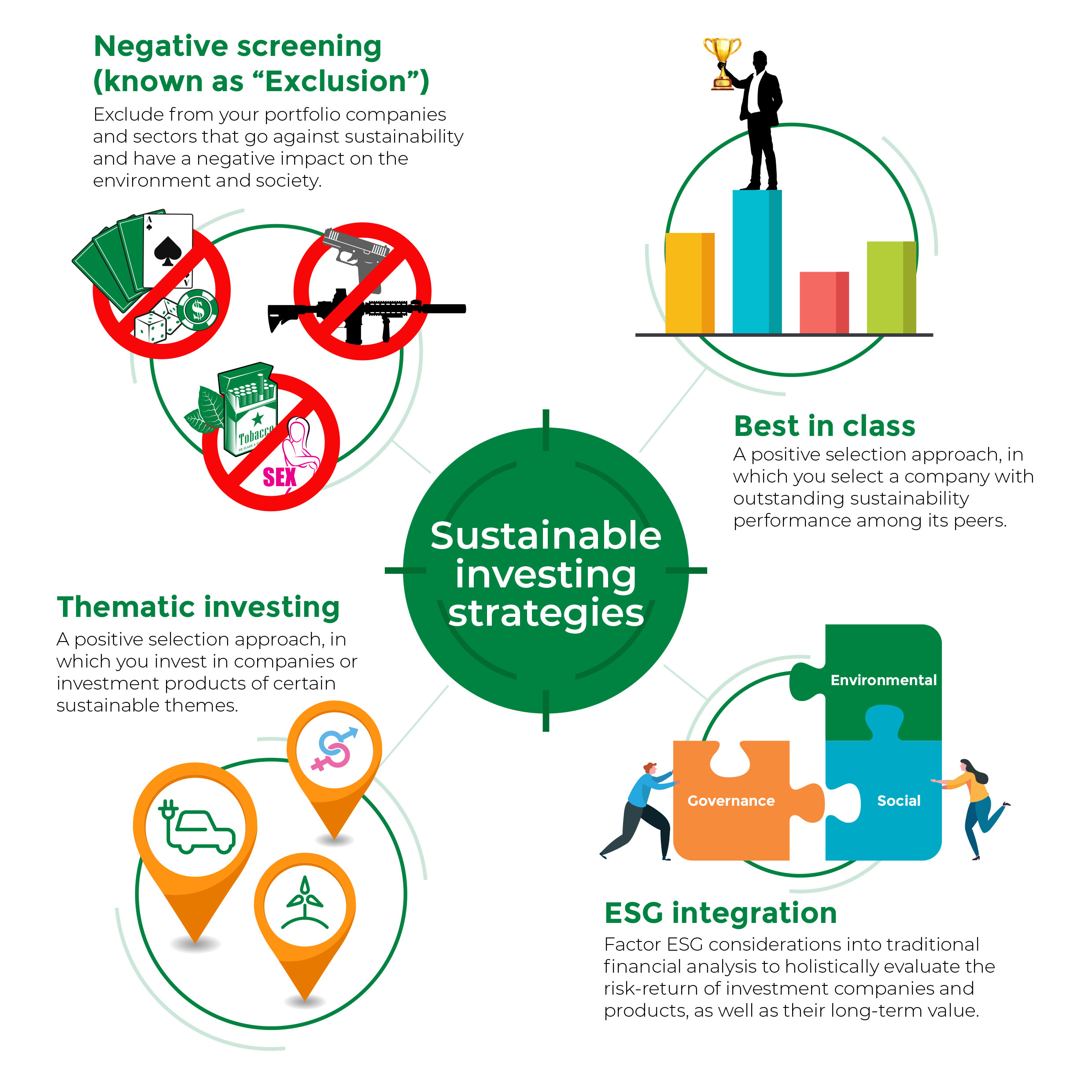
Comments
Post a Comment